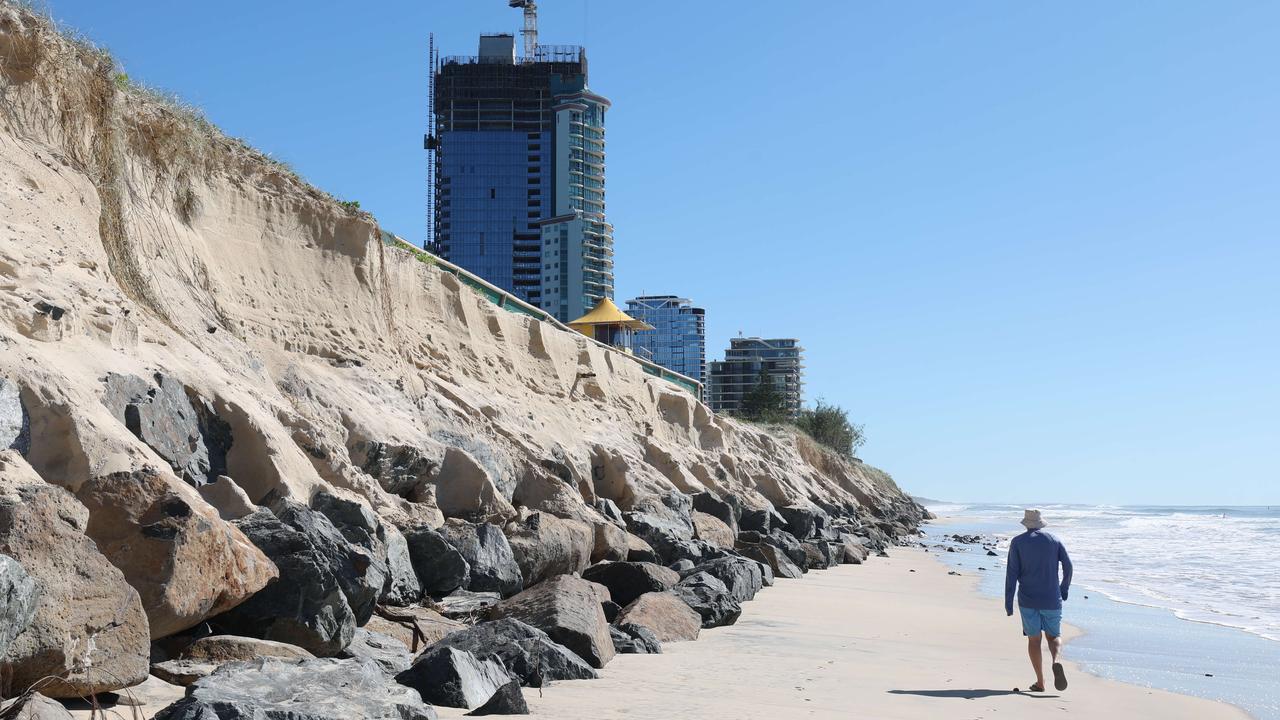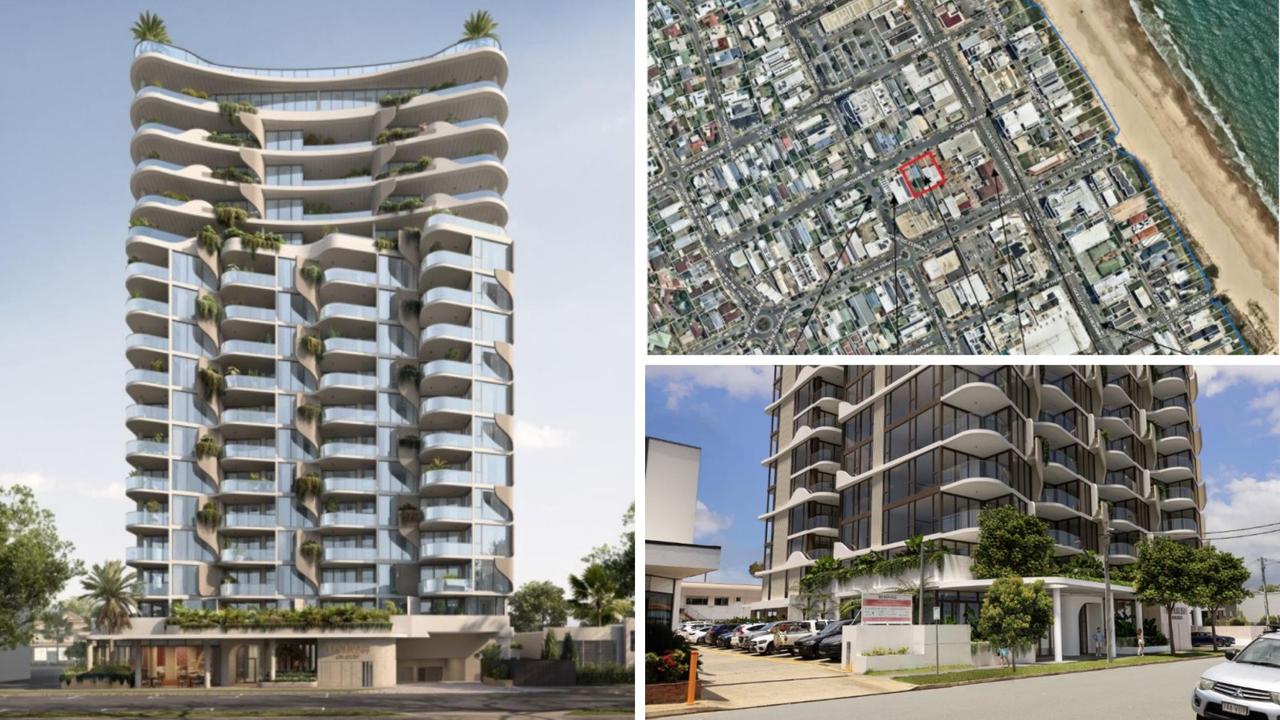Gold Coast council seeks support from state government for $170m hinterland cableway
Gold Coast councillors have voted on whether to forge ahead with plans for a costly cableway in a sensitive natural environment. Here's how it played out.

Council
Don't miss out on the headlines from Council. Followed categories will be added to My News.
The city is to approach the state government about backing a critical planning stage with the $170m cableway, despite councillors being divided on spending more ratepayer money.
A majority of councillors at a full council meeting on Monday backed a recommendation for the council to seek state support on a referral to the Commonwealth under the Environmental Protection and Biodiversity Conservation Act (EPBC).
The EPBC is the main law assessing any threat to animals, plants and habitats.
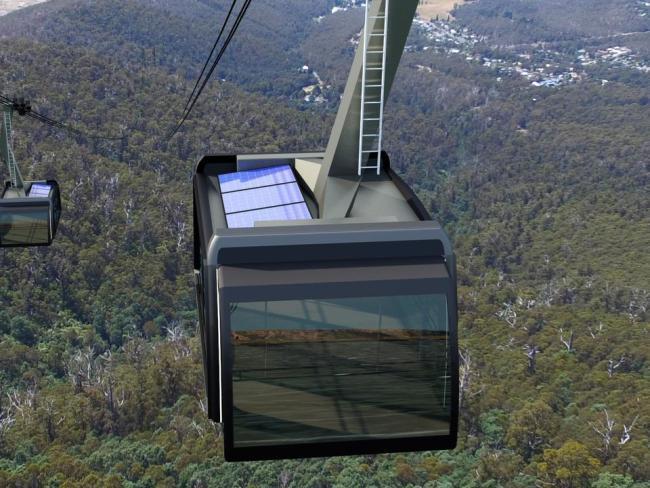
Only councillors Glenn Tozer, Peter Young, Bob La Castra and Daphne McDonald opposed the package of recommendations. Much of their concern was about ratepayer money.
An original recommendation from officers that council green light talks with traditional owners without government backing was unlikely to be passed at full council.
Cr Hermann Vorster told the meeting: “I don’t think the committee recommendation would be carried.”
But he was more confident when the recommendation was changed to asking the state to support the council’s plans with an EPBC referral.

Cr Vorster said he was “sick of the mixed messages” from the government on major joint projects.
“They are the most unreliable partners the city has ever had,” he said.
At least $500,000 has been budgeted for council studies on the gondola in the next 12 months.
Despite the lack of a proponent and a report that confirms the state government does not want to enter a Memorandum of Understanding, councillors were recommended to tick off on community consultation with traditional land owners.
In the lead-up to the meeting, Mayor Tom Tate said consultation and determining potential route options were the next steps for council.
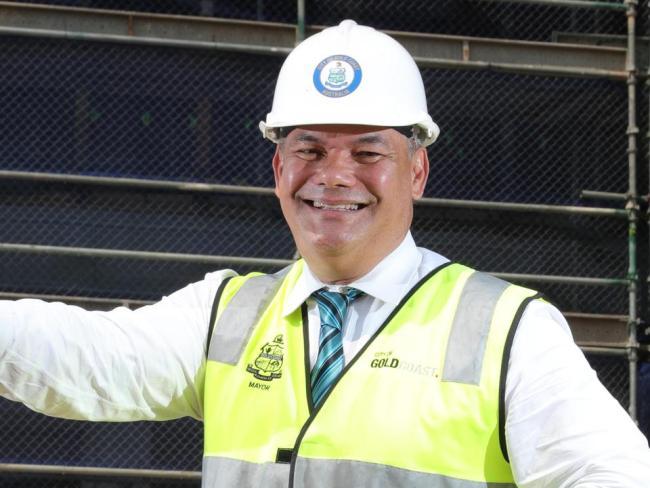
“I agree that traditional owners are the first group that needs to be consulted,” he said.
“Later, wider community consultation can occur, but it is important that any consultation is authentic and to do that, we need to finalise likely route options.”
Graphics provided by consultants show a wide study area from Mudgeeraba to Springbrook.
But more recent aerial shots in council reports show landmarks such as Neranwood, about 8km west of Mudgeeraba, through to the Little Nerang Dam and Purlingbrook Falls.
The views of the city’s high-rise spine were “impressive”, but there were important ecological, World Heritage and cultural values that needed to be the focus of discussions with traditional owners, a council report said.
Cr Tozer has raised concerns on his Facebook page about the way forward for the project.
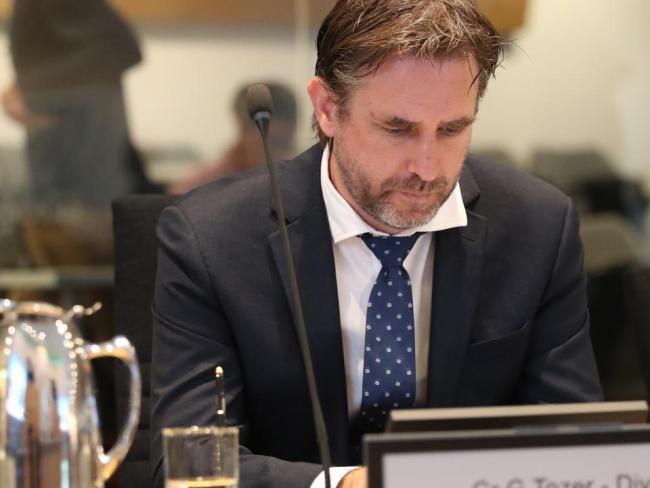
He said there was “limited support” for a cableway without more comprehensive information about environmental impact ensuring World Heritage values were protected and preserved.
“I think traditional owner consultation is very important, but I suspect it will ultimately require an environmental values audit to be helpful anyway,” he wrote.
“An environmental health-progress check could assist with other hinterland tourism projects such as walks, mountain biking and rock climbing.
“It is my view that this work is better value for money for residents than more consultation on an issue that seems quite divisive and lacks certainty (at best)."
Going it alone: Council's maverick cableway plan
July 13: Councillors will resolve the future planning for the Springbrook gondola when they debate an updated officer report at the next full council meeting on July 25.
Despite the lack of a proponent and report which confirms the State Government does not want to enter a Memorandum of Understanding, councillors are being recommended to tick off on community consultation including traditional land owners.
At least $500,000 is budgeted for council to conduct studies but costs worry some councillors.
Mayor Tom Tate told the Bulletin the next step for council would be apart from consultation to determine potential route options for the cableway.
“I agree that traditional owners are the first group that needs to be consulted,” he said.
“ Later, wider community consultation can occur but it is important that any consultation is authentic and to do that, we need to finalise likely route options.”
The latest report said the pre-feasibility assessment conducted by consultants for council did not establish a preferred route for the cableway to Springbrook.
“Selection of a route requires detailed technical investigations and consideration as part of an overall proposition by a proponent,” the report said.
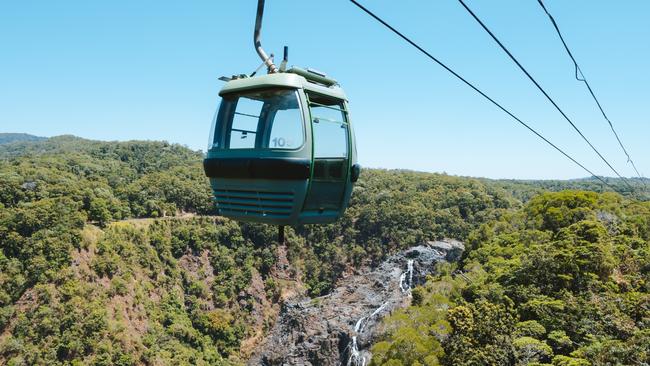
“The pre-feasibility assessment did recommend an area of focus for future investigations.”
Graphics provided by consultants showed a wide study area from Mudgeeraba to Springbrook.
But more recent aerial shots in council reports show landmarks like Neranwood, about 8km west of Mudgeeraba, through to the Little Nerang Dam and Purlingbrook Falls.
The views of the city’s high-rise spine were “impressive” but there were important ecological, world heritage and cultural values found which needed to be the focus of discussions with traditional owners, a council report added.
Hinterland-based councillor Glenn Tozer after the report was discussed at a transport committee meeting earlier this week posted on his Facebook page his concerns about the way forward for the project.
Cr Tozer believed there was “limited support” for a cableway without more comprehensive information about environmental impact ensuring the World Heritage values of the hinterland were protected and preserved.
“I think traditional owner consultation is very important, but I suspect it will ultimately require an “environmental values audit” to be helpful anyway,” he wrote.
An environmental health-progress check could assist with other hinterland tourism projects such as walks, mountain biking and rock climbing, Cr Tozer wrote.
“It is my view that this work is better value for money for residents than more consultation on an issue that seems quite divisive and lacks certainty (at best),” he said.
EARLIER:
The proposed hinterland cableway to Springbrook is at risk of stalling because the state government refuses to join the council in an agreement to proceed with funding early planning.
Both Deputy Premier Steven Miles and Environment Minister Meaghan Scanlon have outlined their concerns in emails to Mayor Tom Tate after he sought their involvement in the $170m project.
Mr Miles told the Mayor: “Given there is no proposal before the Queensland government to consider at this point, it would be premature for the Queensland government to enter a Memorandum of Understanding.”
The Deputy Premier made it clear that the proposal did not meet the objectives of a program of works under State Development which “help deliver on the government’s commitments”.
Mr Miles said the council intended for a co-ordinated project to be lodged after a proponent was selected.
He said the Co-ordinator General considered an environmental impact assessment on the Naturelink cableway project in 2020, which was refused.
This was due to “increased fire hazard, environmental impacts to flora and fauna in a national park and potential threat to World Heritage values”.
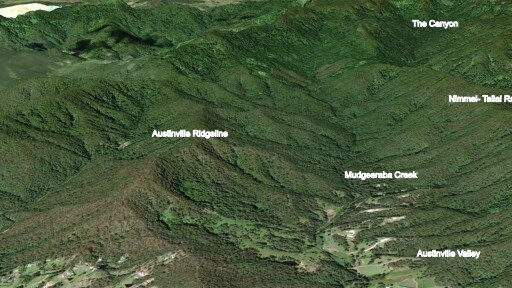
“Any co-ordinated project application submitted to the Co-ordinator General for a project similar to the Naturelink cableway would need to address all those issues that led to the refusal of that project,” Mr Miles said.
More emails in a report to be considered by council’s transport committee meeting on Tuesday confirm the government’s strong stance.
In an email to hinterland councillor Glenn Tozer, Gaven MP Meaghan Scanlon said there was no detailed proposal on the project, other than the council’s pre-feasibility study.
She said a cableway alignment showing its route through the national park was needed as a focus for an environmental impact study.
Ms Scanlon said she was “happy” to work with the council to explore eco-tourism opportunities.
“However, a new cableway project would need to detail how any future proposal would differ from the last,” she said.
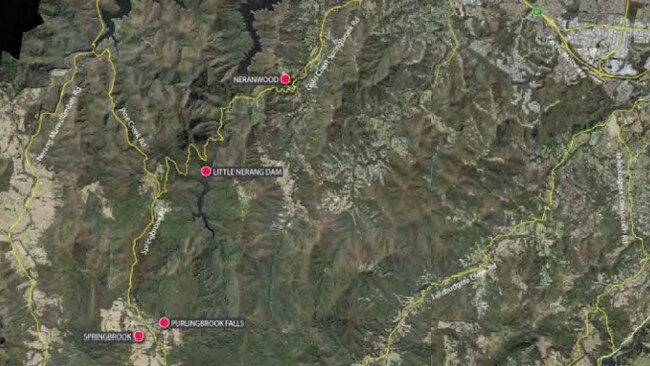
Mayor Tate had told Mr Miles that the project would create 267 jobs during construction and 148 positions once the tourism attraction was operating.
The pre-feasibility assessment also predicted the project would add $36.6m to the Coast economy and $48.3m annually to the tourism industry, with an uplift of more than 243,000 additional visitor nights.
Council officers agree with the government that the next step should be consultation with traditional owners and local First Nations People.
“There is a diverse range of views in the broader community about the idea of a cableway to Springbrook,” officers wrote in their latest report.
“It is proposed that the community consultation is citywide, to capture the broad range of aspects that are important to the Gold Coast community.”




